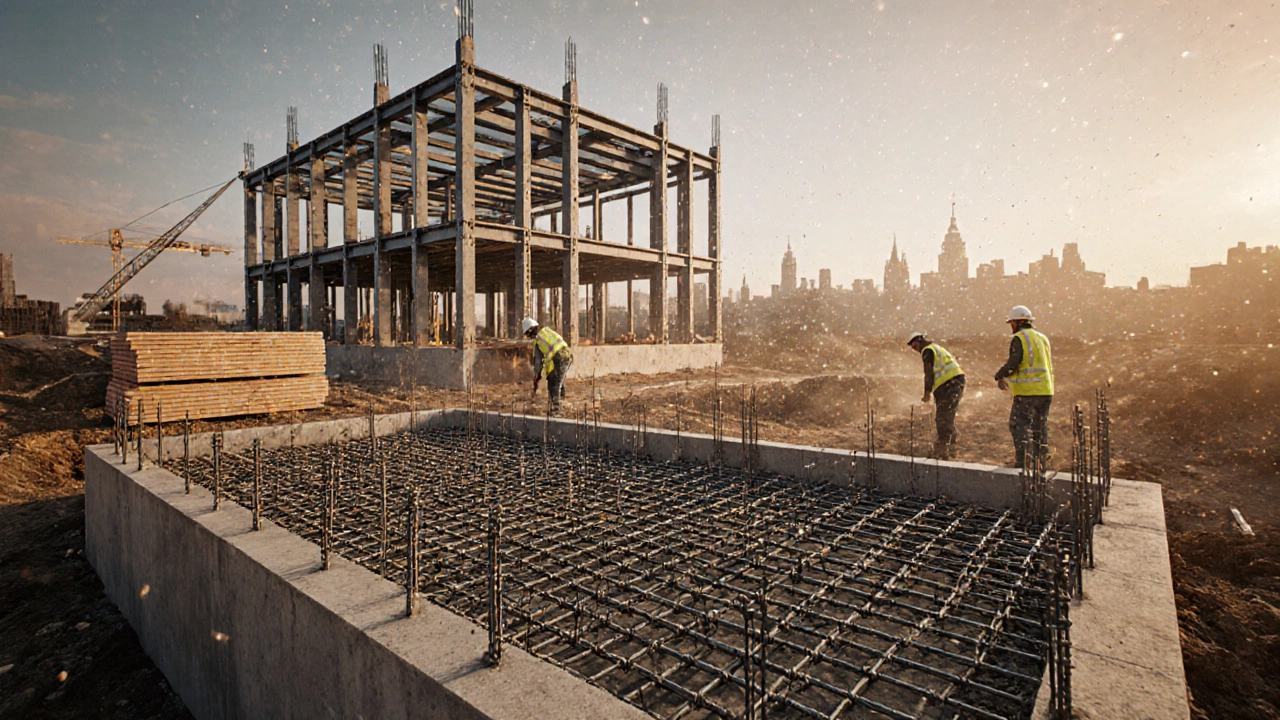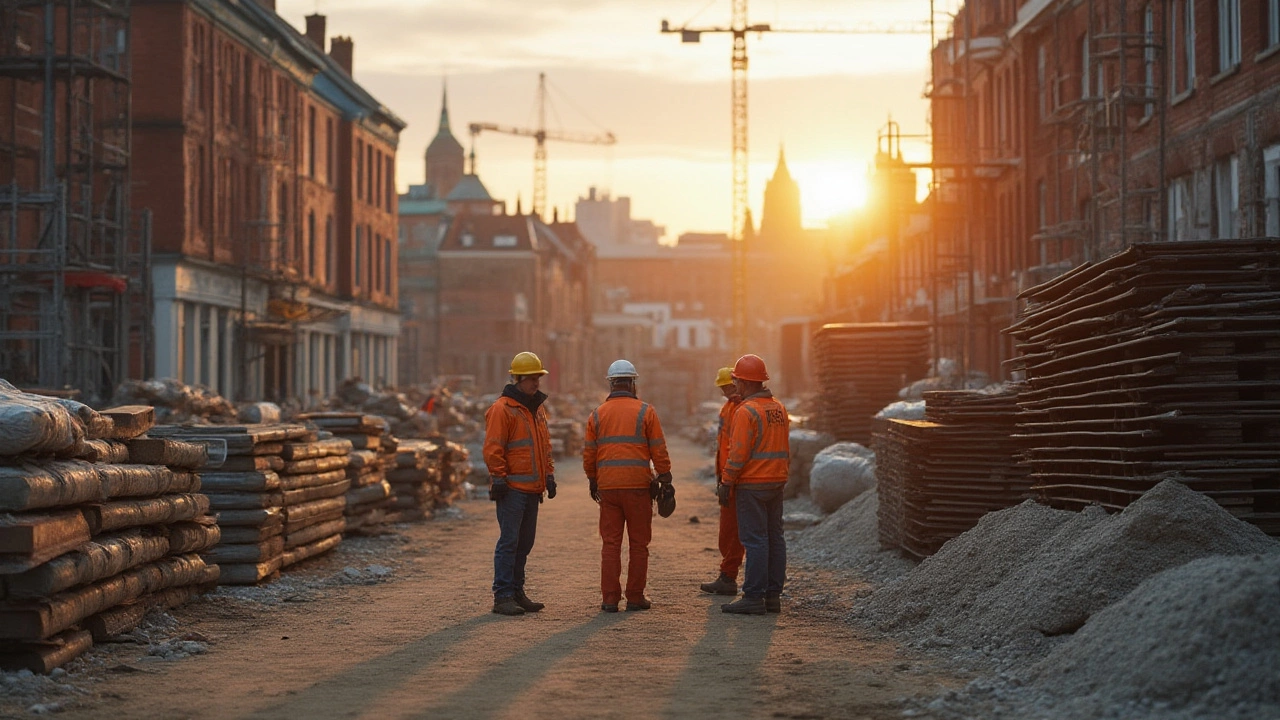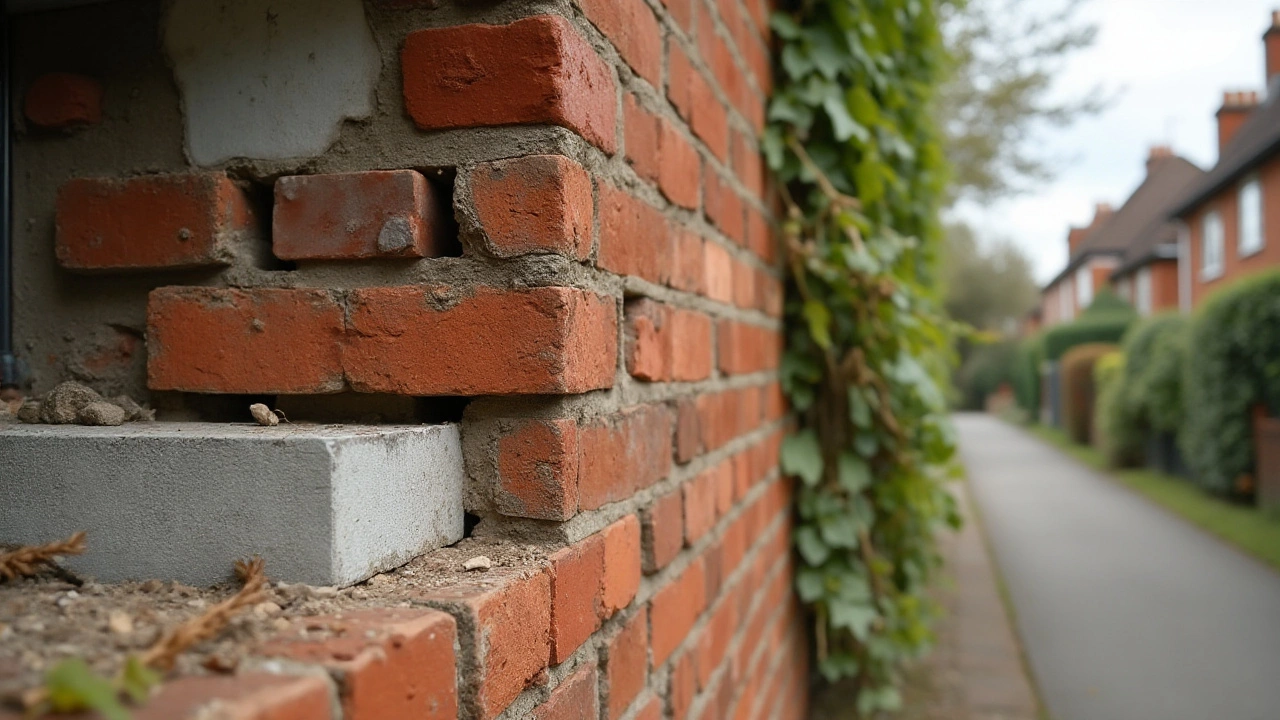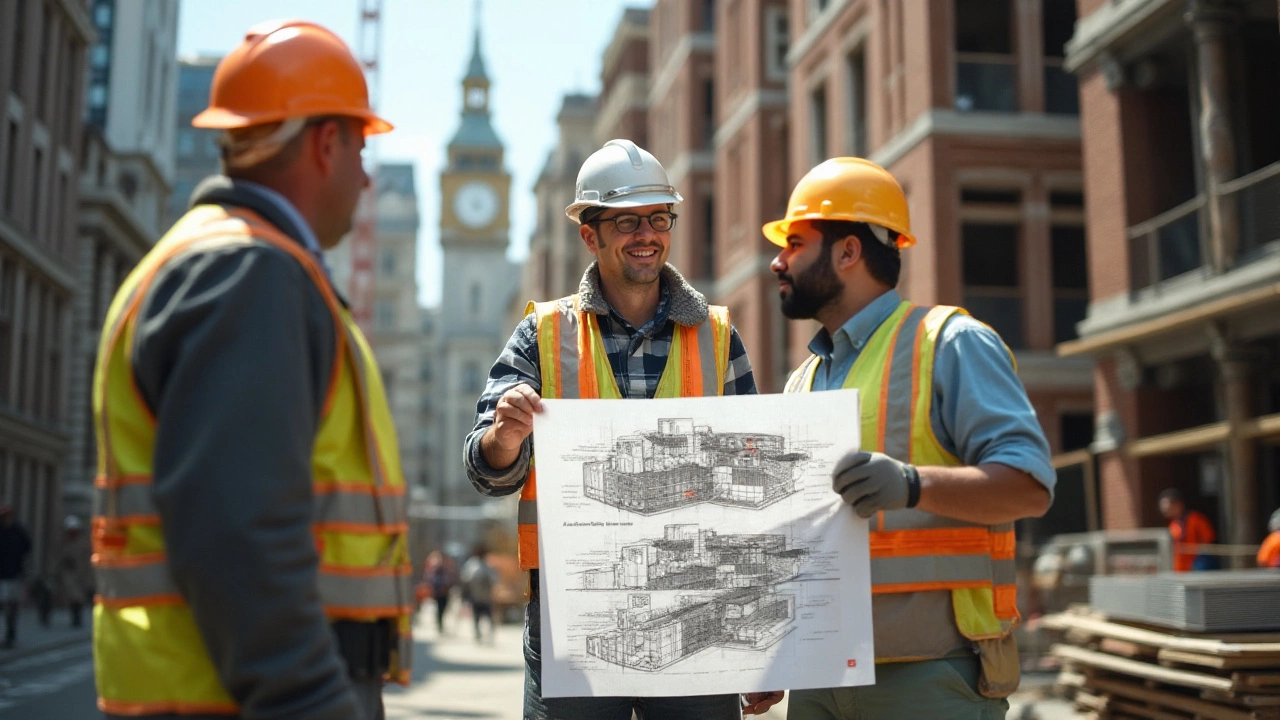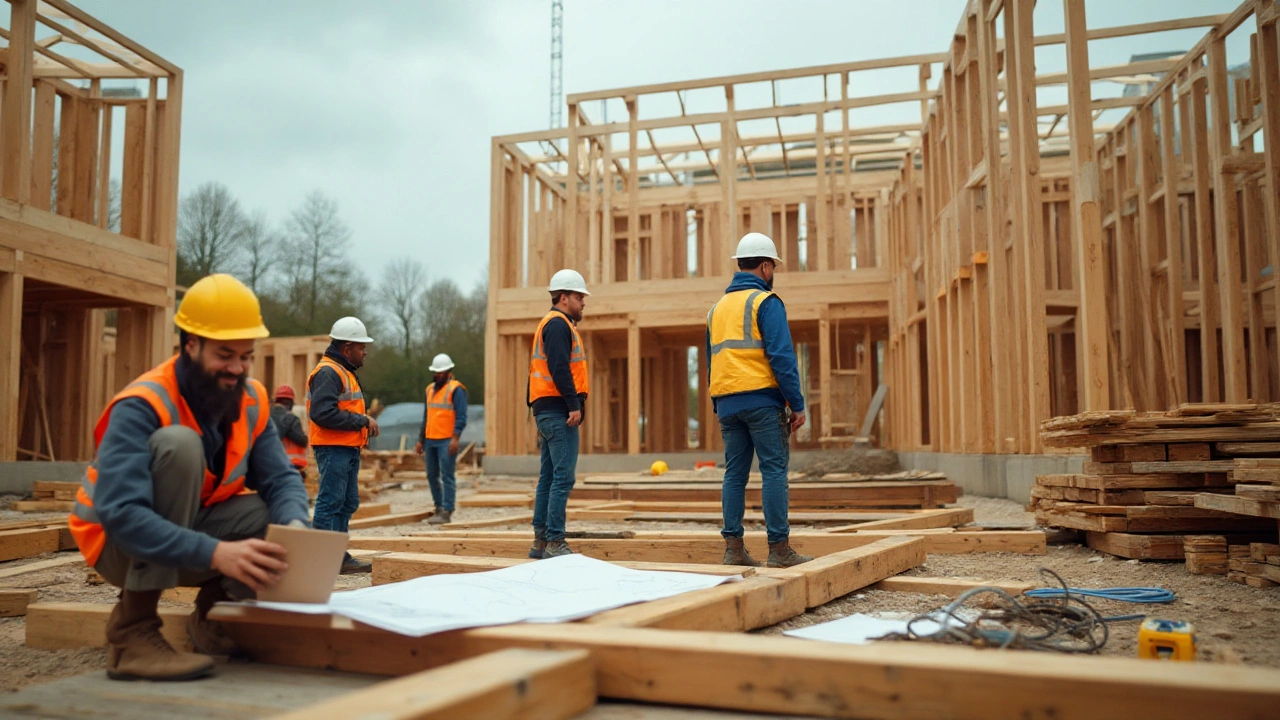Building Materials Made Simple: What Works Best for Your UK Home
When you start a conservatory, extension, or even a garden room, the first question is always – what should I build with? The right material can save you cash, cut maintenance, and keep your home looking good for years. Below you’ll find plain‑spoken advice that helps you pick the best options without getting lost in jargon.
Durable Materials That Really Last
Not all bricks, timbers or composites are created equal. If you want a house that can survive damp British weather, think about using solid brickwork for walls and a high‑grade, hydraulic cement for foundations. Articles like “Most Durable House Materials” rank strong, low‑maintenance bricks and reinforced concrete as top picks. Pair those with insulated roof panels and you’ll have a shell that resists rot, mold and cracking.
For windows and doors, uPVC frames offer low upkeep and good thermal performance, while timber frames give a classic look but need regular paint or oil. Choose based on how much time you’re willing to spend on upkeep – uPVC if you hate painting, timber if you love the traditional feel.
Saving Money Without Cutting Corners
Budget‑friendly building doesn’t mean shoddy work. The “Cheapest Building Methods” article shows that using prefab wall panels or dry‑fit kitchen cabinets can shave weeks off a project and lower labour costs. Prefabricated sections are built in a factory, so they arrive on site ready to bolt together. This reduces waste and speeds up the build, which means lower overall expenses.
When it comes to cement, the “Best Cement for Foundation Repair” guide recommends a hydraulic cement mix that sets quickly and bonds well to existing concrete. It’s not the cheapest bag on the shelf, but the long‑term savings from fewer cracks outweigh the upfront price.
Another cheap win is using reclaimed bricks or reclaimed timber where it makes sense. They add character and can be far cheaper than brand‑new materials, as long as they’re inspected for structural integrity.
Finally, plan your material list early and order in bulk. Suppliers often give a discount for larger orders, and you avoid the surprise price hikes that happen when you order last minute.
Choosing the right building materials is mostly about balancing durability, cost and how much maintenance you’re happy to do. Stick to tried‑and‑true options like solid bricks, hydraulic cement, and insulated panels for the core structure. Add cost‑saving tricks like prefab sections or reclaimed items for the finishes, and you’ll end up with a home that looks great, performs well and doesn’t break the bank.

